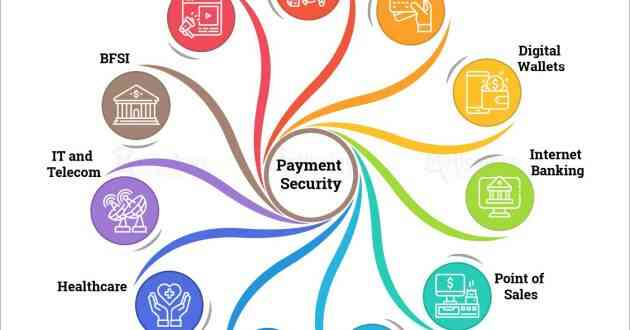The Importance Of Data Hygiene In App Security Testing
The inexorable march of digital transformation is followed by the threat of cybercrime
According to a conservative estimate, the global cost of cybercrime is likely to touch a whopping $6 trillion by 2021 (Source: cyberdefencemagazine.com). The frequency of cyber attacks on IT systems across industry verticals has raised the hackles of governments, organizations, business enterprises, clients, and end customers. Cybercriminals seem to have been emboldened by the growing trend among people (and enterprises) to embrace software applications in executing routine tasks.
Furthermore, enterprises, in a bid to stay competitive, are launching new web or mobile applications into the market without implementing application security testing. The threat is further exacerbated due to the requirement of software applications to function across device platforms, operating systems, browsers, and networks. In their quest to develop applications delivering an omnichannel experience to the end customers, businesses are wont at hitting the speed button while putting brakes on ensuring security.
However, times are changing as threat of cybercrime has made organizations across the spectrum to sit up and take notice. Security is given more traction with additional budgetary allocation being earmarked by enterprises. Even governments and institutions have woken up to the menace to set up quality and security standards like PCI, GDPR, DSS, HIPPA, GLBA, and SOX among others. So, given the greater acknowledgement and security preparedness among organizations, should one become alarmist or lower the guard? The answer lies in becoming security resilient and adopting industry best practices. In fact, ensuring security for software applications or IT system architecture should be a collective responsibility to be followed across the organization. In the Agile and DevOps driven digital landscape, organizations should move towards adopting DevSecOps. In other words, security should not be confined to the QA team alone but made a shared responsibility across the SDLC involving development, QA, and operations.
The customers of today have taken to the web and mobile applications with a vengeance. The convenience, speed, and relative privacy offered by such applications have opened the floodgates for cybercriminals to swoop on unsuspecting customers. The frequency of malware and ransomware attacks has arisen to alarming levels leading to adverse consequences like data theft, siphoning of funds, and the loss of sensitive personal or business information. To thwart such attacks and to allow the digital transformation initiatives go uninhibited, mobile and web application security testing should become mandatory. However, with smartphones becoming the conduits to access a range of products or services on the internet, there is a need to secure the humongous quantum of data that is generated across digital channels. In other words, data hygiene should be upheld at all costs.
Data hygiene and its importance in software application security testing
Data is the basic unit in any digital activity, which can get corrupted owing to a plethora of reasons. These include incomplete or redundant data, duplicate data, or the improper parsing of data from different systems. Remember, data can become erroneous at any point in the whole digital process, be it while entering, storing, or administering. Any error or glitch in data can lead to unforeseen consequences in terms of outcomes and impact on brands. This is where maintaining data hygiene as part of setting up a mobile application security testing strategy should be considered. Remember, the quality of data is critical to ensure the smooth functioning of operational processes in an organization. It is also important from the perspective of deriving business intelligence using business analytics.
How to maintain data hygiene in application security testing?
Adopting any application security testing methodologyby enterprises should involve following policies and procedures to identify vulnerabilities and security loopholes. Security should be implemented at every level in the SDLC and beyond. The various steps taken in executing software application security testingare as follows:
- Identifying devices that are connected to the internet and strengthening their entry points through installing firewalls, anti-virus software, etc.
- Prioritizing devices and applications based on data sensitivity and exposure. Set up adequate response plans in the event of any cyber attack.
- Encrypting data whether at rest or transit, implementing strict authentication and password policies, and auditing device configuration and intrinsic vulnerabilities.
- Training the staff in ensuring cybersecurity by identifying threats and following good security practices.
- Keeping a regular backup of sensitive data to ensure data security. Put in place a robust data recovery process.
Conclusion
Maintaining data hygiene is a pre-requisite in enforcing application security testing. It helps to thwart cyber attacks and save critical data and information from falling into the wrong hands. Businesses should implement a robust DevSecOps approach in their developmental, testing, and operational workflows.
Diya works for Cigniti Technologies, Global Leaders in Independent Quality Engineering & Software Testing Services to be appraised at CMMI-SVC v1.3, Maturity Level 5, and is also ISO 9001:2015 & ISO 27001:2013 certified.



